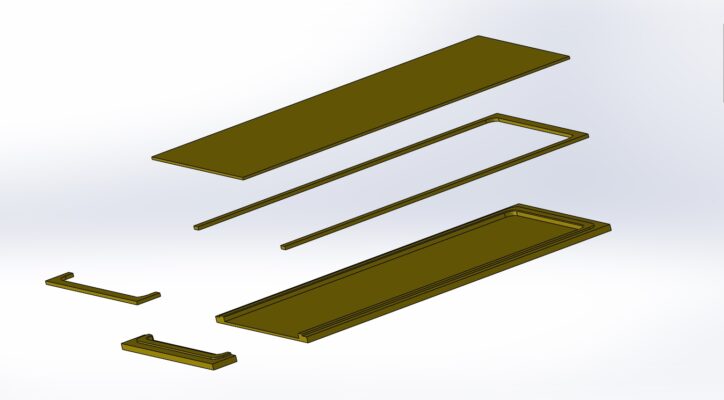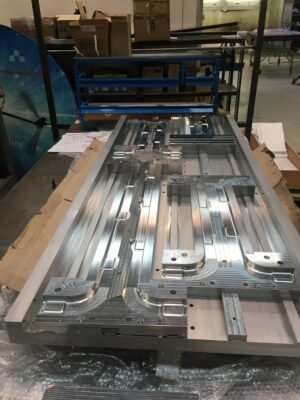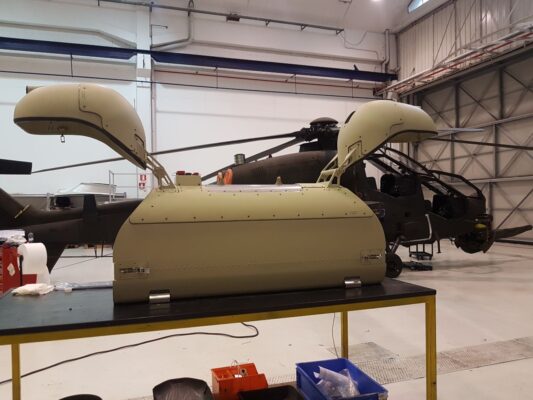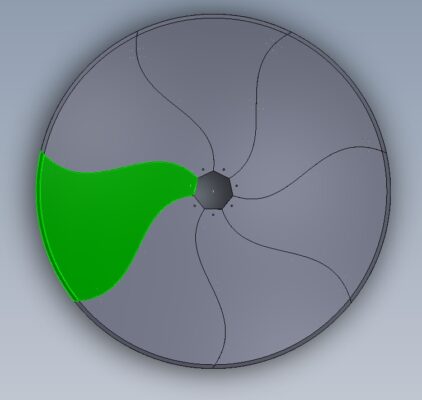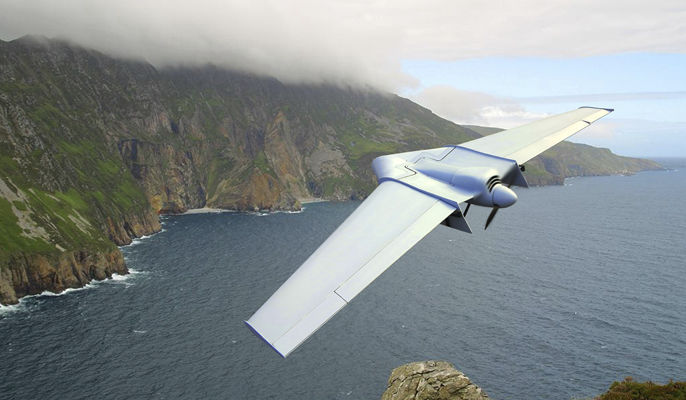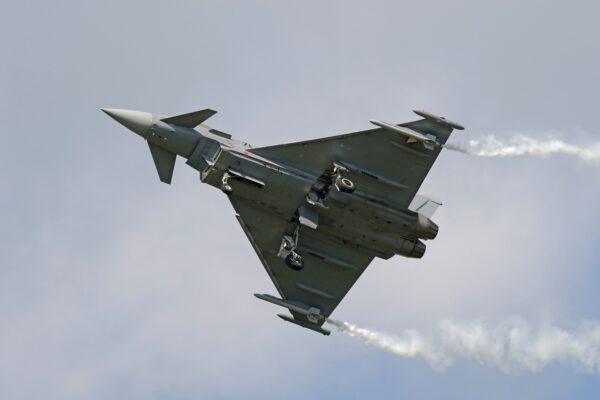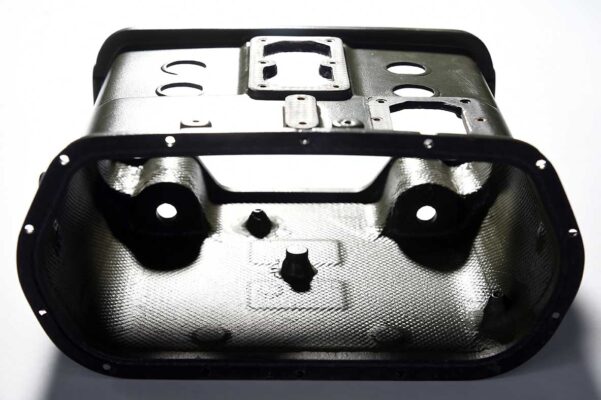Optimize the processes and costs of making composite components, reducing customization and variations to standardize parts.
Trains are beginning to follow the same construction philosophy as aircraft, with the lightening of structural parts. In the case of Blues, Hitachi’s hybrid train, the roofs are made of fiberglass, for reasons of weight but also electrical insulation. Loson intends to engineer the production of fiberglass roofs to make possible mass production of parts that result from assembling panels of different shapes and sizes.
The conceptual approach is the same as the one used in the production of the portable broadcast antenna.
To achieve the goal, it is essential to preside over the entire component cycle, so as to engineer not only the production, but also all aspects of design and coupling with interfaces. This requires close collaboration with the customer, agreement on specifications, production methods and cost targets.
In the case of Hitachi, Loson is entirely responsible not only for the design of the roof, but also for its interface with the wagons, production engineering and mold making. This allows an integrated approach to the project.
Loson revised the entire design approach to make panels of standard width and length to be inserted into fastening frames that, while maintaining the same width, can vary in length based on the modules.
This made it possible to standardize panel production to a single element. The frames are made with modular rails that allow differences to be reduced to linear elements of defined lengths and curved connecting elements.
Similarly, the aerial also consisted of identical modules that were assembled to form the dish, reducing production to a single element.


